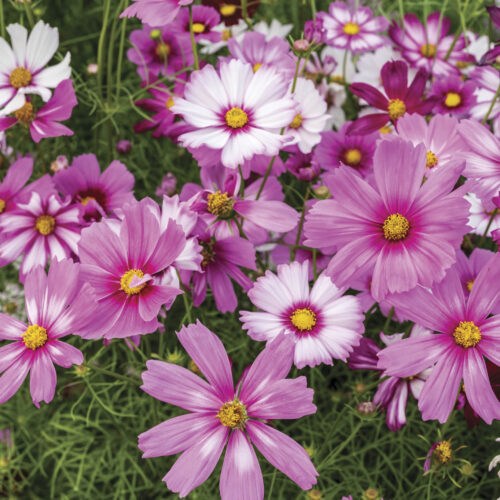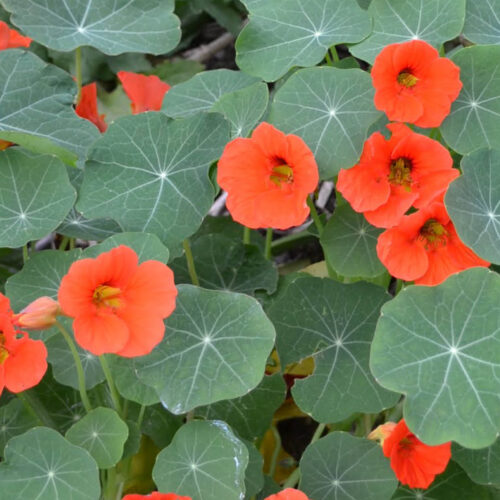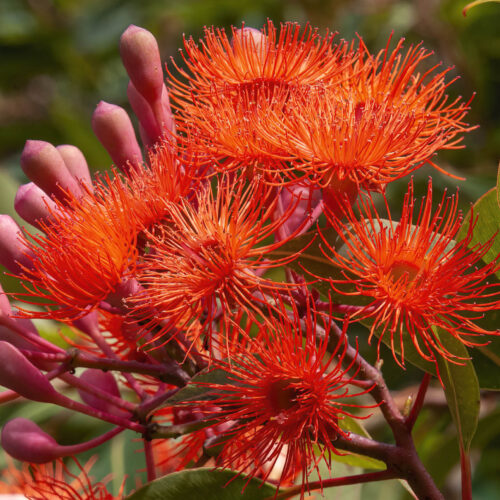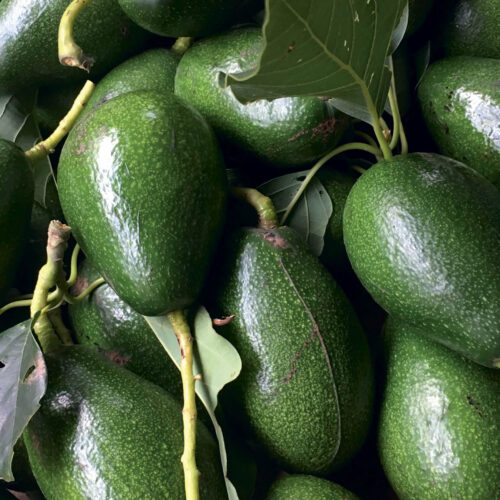Mellow autumn fruitfulness
2017-05-02T02:33:47+10:00
Discover some unusual fruits that are havested in autumn, says Penny Woodward.
This bountiful season of ‘mists and mellow fruitfulness’ sees an abundance of ripe fruits on our trees. As well as the better-known apples and pears there are also a range of other fruits that can be harvested in autumn.
Quinces
Quinces, Cydonia oblonga are old-fashioned fruit trees with beautiful flowers and distinctive hard, yellow, evocatively scented fruit. Trees can be planted and virtually forgotten, as they are very tough individuals. Fruit is harvested hard and is excellent cooked – stew, bake or make into jams and jellies.
Pomegranates
Pomegranates, Punica granatum, produce large seed-filled fruit at this time of year. The seeds are delicious in fruit and vegetable salads, and used in juice blends, smoothies and garnishes. Increasingly they are also being added to cocktails and wines. They very high in vitamin C. Trees grow to about 5m and tolerate very dry conditions, doing best in hot, dry summers and autumns.
Persimmons
Persimmons, Diospyros kaki, are harvested in late autumn when all the leaves have dropped and the fruit is bright red or yellow. Astringent types must be left until they are completely ripe and soft before eating. Non-astringent cultivars can be eaten straight from the tree, while they are still hard.
Rowans
Rowans, Sorbus species, are hardy, very ornamental trees covered by bright red/orange berries in summer and autumn. Berries are not usually eaten fresh but can be used to make a delicious sour jelly that combines well with lamb and chicken dishes.
Roses
Although roses are usually grown for their flowers, there are several varieties that also produce hips in autumn. Rosa rugosa is one of the best, but there are many others including the dog rose, Rosa canina, often seen growing beside the road or in old cemeteries. Most can’t be eaten fresh because of sharp hairs on the seeds inside the hips. They can, however, be stewed, made into syrup, jam and wine or used to flavour sugar, vinegar and honey.






